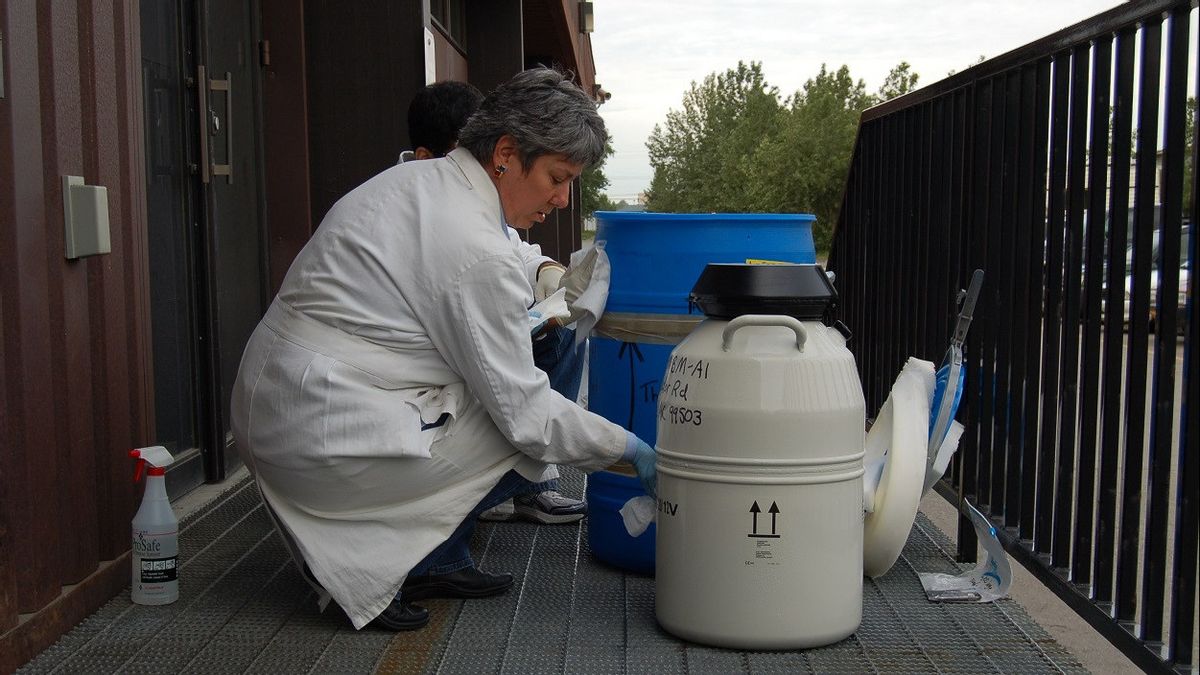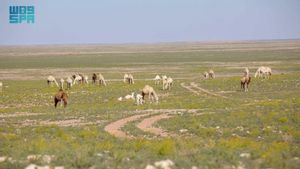The deadly H5N1 bird flu virus has spread more aggressively than has previously been in wild birds and marine mammals since it emerged in South America in 2022, thereby increasing the risk of the virus developing into a greater threat to humans, according to interviews with eight scientists.
More concerning is the evidence of this disease, which used to be limited to bird species, appears to be spreading among mammals. Variants of this virus have killed a number of dolphins in Chile and Peru, some 50,000 marine dogs and sea lions along the coast, and at least half a million birds across the region.
To ensure transmission from mammals to mammals, scientists may need to test infections in living animals.
"This is almost certain to happen," said Richard Webby, a virologist at St Jude Children's Research Hospital in Memphis, Tennessee.
"It's quite difficult to explain some large and dead infections without the spread from mammals to mammals," he said.
This variant has emerged in dozens of bird species, including several migrating species, which can spread them outside the region, scientists say.
As climate change increases, animals will be forced to move to new areas, mix with each other in new ways and may increase the chance of the virus to mutate further.
"It's only a matter of time before you can detect the first South American strain in North America," said Alonzo Alfaro-Nunez, a virologist at Copenhagen University.
Rising concerns have prompted 35 countries belonging to the Pan America Health Organization (PAHO) to gather experts and regional health officials at a meeting this week in Rio de Janeiro, Brazil.
The group plans to form the world's first regional commission to oversee bird flu monitoring and response efforts, a PAHO official told Reuters. This has never been reported before.
Since this virus was first detected in Colombia in October 2022, there have been two known cases of human beings on the continent, in Ecuador and Chile, respectively. Both come from exposure to infected birds.
Although these patients survived, the H5N1 bird flu is deadly for humans at about 60 percent of cases worldwide.
However, the World Health Organization (WHO) is unlikely to raise the level of risk in humans from today's "low" levels, without any evidence of human-to-human transmission or mutations adapted to human receptors, experts say.
"We see (this virus) performing little evolutionary steps in the long term towards potential infection in humans," said Ralph Vanstreels, a researcher from the University of California, Davis who studied the H5N1 variant in South America.
Every year, the Valdes Peninsula in Argentina, located on the strong-winded Atlantic coast, is filled with a herd of elephant sea dogs raising their cubs.
Last November, Vanstreels witnessed a grim sight: hundreds of puppys died and rotted on the beach. Researchers estimate 17,400 puppys died, almost all born in the colony that year.
It is very unlikely that each puppy is infected by a bird, scientists say. Puppies usually only make contact with their mothers, so scientists suspect this is the way it is transmitted.
Vanstreels is part of a group of scientists trying to track down the genetic mutations of the virus in South America.
In a draft paper posted on the site of the US Centers for Disease Control and Prevention, they analyzed samples from sea lions, sea dogs, and birds from the coast of the Valdes Peninsula. Comparing the genomes of these samples to those collected in North America in 2022 and Asia earlier, the team identified nine new mutations.
Similar mutations were found in samples collected in 2022 and 2023 in Chile and Peru, which were also hit by the mass deaths of sea and bird lions.
SEE ALSO:
"This is the first time this virus has adapted to wildlife," Vanstreels said.
"Obviously there is something going on in northern Peru and Chile where they obtained this new mutation," he said.
In a draft of the paper, the researchers note that the same mutation occurred in one of the two human cases on the continent, namely a 53-year-old man who lives in a block from the coast where seabirds gather.
Para peneliti mengatakan kasus tersebut "menyoroti potensi ancaman yang diambulkan oleh virus-virus ini terhadap kesehatan masyarakat."
The English, Chinese, Japanese, Arabic, and French versions are automatically generated by the AI. So there may still be inaccuracies in translating, please always see Indonesian as our main language. (system supported by DigitalSiber.id)















